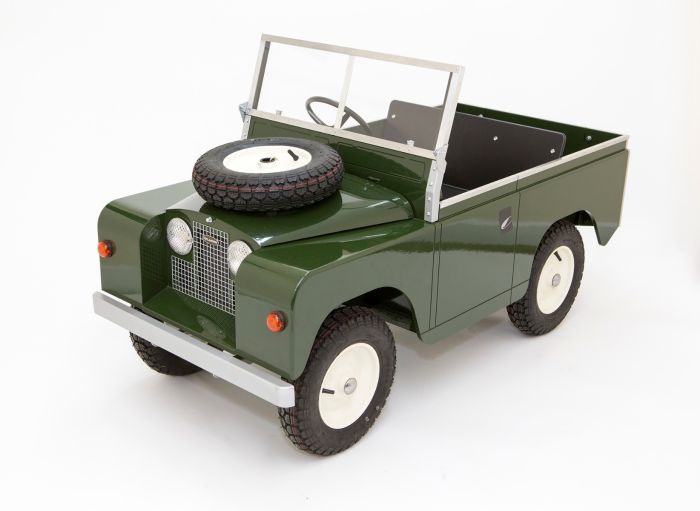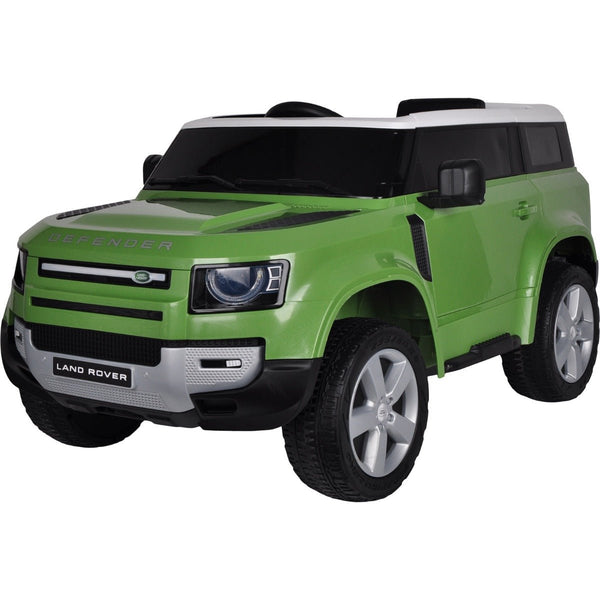Excellent Advice To Selecting Kids Cars
Wiki Article
What Safety Features Of A Ride-On Vehicle Should I Consider? Pros And Cons
When choosing a ride-on vehicle for your child, safety features are paramount to ensure that they are safe while playing. Seat Belts, for example are a security feature which is essential to think about.
Pros They are the best method to keep your child safe in their ride-on car. They reduce the chance of your child falling out of the play area or getting removed from the car. Seat belts provide additional security especially when you make sudden turns or stopping suddenly.
Cons - Certain ride-on cars particularly those designed for toddlers, might not have seat belts. In addition, kids may feel uncomfortable with seat belts or tight, which can lead to resistance or refusing to use them.
Sturdy Construction
Pros - A ride-on that has an extremely solid structure and top-quality materials is durable and resistant, and will provide safety and dependability for a long time. It can withstand the rigors of playtime and provide security during the use.
Cons - Strong construction can be costly and therefore, isn't affordable for some families. The more heavy materials used could hinder the mobility and maneuverability.
Low Center of Gravity
Ride-on vehicles with a low center gravity tend to be less likely than others to fall over, which may decrease the chance of accidents and injuries. They offer greater stability and better balance, especially in turns and maneuvers.
Cons - Ride-on cars that have a low centre of gravity could compromise off-road capability or the clearance of their ground, which limits their versatility.
Parental Remote Control
Pros: Remote controlled cars give parents the capability to supervise and monitor their children's play, providing an additional layer of control and security. Parents can intervene in order to prevent accidents, navigate around difficult terrain, and assist their child in the event of a crisis.
Cons - Parental remote control may limit children's independence and autonomy, as they rely on parental guidance and assistance during play. Remote-controlled vehicles can be more expensive than ride-on vehicles that are operated by hand.
Speed Limiters
Pros - Ride on vehicles with speed limiters or speeds that can be adjusted limiters let parents set the maximum speed for the vehicle. This decreases the chance of accidents or collisions. They are able to increase the speed gradually as the child grows confident and acquires the abilities.
Cons - Some children may get out of the lower speeds quickly, leading to anger or dissatisfaction from the ride-on cars. Also, some models may not come with speed limiters or require additional features or accessories.
Safe Start Technology -
Pros - The ride-on car is engineered to start and stop with ease. It reduces the chance that the child could be scared or become unstable. It gives a more relaxed and safer ride.
Pros - Cars with ride-on features such as safe start technology could be more costly than the basic cars without this feature. A few children might also feel that the gradual acceleration or deceleration are more boring and less thrilling than sudden starts and stops.
Visibility Enhancements
Pros - Ride-on automobiles that have visibility enhancements, like working headlights, taillights, or reflective material improve visibility, particularly in dim conditions or dimly lit areas. They improve safety by making the vehicle more visible to motorists or pedestrians.
Cons - The addition the features that allow for visibility could make it more difficult for battery to drain or within the design of the ride-on car. These factors can lead to malfunctions or problems with maintenance.
If you evaluate the pros and cons of each safety feature, you can choose the ride-on vehicle that is both safe and offers a fun experience for your child. See the top rated remote control childrens cars for more recommendations including two seater electric cars, childs ride on car, toy car, ride ons, car for toy, electric two seater cars, childrens electric ride on, remote control childrens car, childrens ride on, race car toy and more. .

How And Why Can Electric Ride-On Vehicles Accommodate Different Skill Levels?
Most electric rides have different settings for speed and controls to cater for children of different abilities and provide an enjoyable and safe riding experience. How and why are these features implemented?
Children have different levels of competence and confidence when it comes time to drive on-road vehicles. The maximum speed of the car can be altered to match the abilities of the child, which lowers the risk of a collision or accident.
Beginners and younger children should use the speed setting that is lower and older kids or those who have more experience are capable of using the higher speeds.
Gradual Learning Curve -
With a variety of speed settings, electric ride-on cars help children learn to drive gradually. Beginners can familiarize themselves with the controls and increase their confidence by beginning with slower speeds.
As children gain driving experience, parents can accelerate the speed. This gives their child the feeling of progress and achievement.
Parental Control
Certain electric ride-on cars come with parental control features that allow parents the ability to limit the maximum vehicle speed at a distance. This feature provides parents with peace of mind knowing they are able to intervene and alter the speed as needed to ensure their children's safety.
Model-specific parental controls can include remote speed limitation and emergency stop buttons for remotes as well as remote steering.
Adaptability
As children develop as they grow, so do their abilities and interests. Electric ride-on vehicles with various speed settings allow flexibility and flexibility to accommodate these changes over time.
Children can speed up as they grow in experience and gain confidence. This will make for an exciting and challenging ride. Parents can slow down the speed for their younger children and their friends.
Customization
The possibility to modify and personalize the experience is available with several speed settings. The speed can be adjusted to suit the child's comfort and level of enjoyment.
Some electric ride on cars provide additional controls. For instance they can permit you to alter the braking and acceleration levels.
Electric ride-ons with their various speed settings and control features ensure a safe and adaptable riding experience for youngsters from all ages and levels. These features help build confidence, development of skills, and fun adventures while ensuring parents can supervise and intervene if required to ensure the safety of their children. Check out the top read this on kids cars for more advice including riding digger, ride electric car, childrens ride on, toy in car, digger ride, electric ride along car, toy a car, childrens digger, kiddies cars, childs car toy and more. .

What Should I Look For When Purchasing A Child's Electric Vehicle? What Are Pros And Con?
There are many factors to consider when choosing an electric children's car. Below are some important considerations together with details about sizes, prices and pros and cons.
Choose an electric kid's car based on the size and age of your child is. Cars that are small and light could be suitable for younger and smaller children, while larger and older children may require cars with plenty of space.
Car Size and Weight
The electric models for children's cars are available in various sizes. From micro-sized to bigger-scale replicas, they're accessible. The weight and size of the car your child is driving is based on their age, size, and capacity. Also consider the space available for play and storage.
Price range
The price of electric cars for children can be a bit different depending on many factors, including size, brand and the quality. The smaller models are typically cheaper, with prices between $50 and $200. On the other hand, larger-scale models can cost from $200 to $800 or more for top-quality replicas, which are licensed.
Pros & Cons
Pros -
Electric cars for children provide endless hours of fun, imaginative play and the chance to control their own car.
Motor Skill Development. Driving an electric car can help children improve their spatial awareness, coordination, and fine motor skills.
Electric cars encourage physical activity and outdoor playing. They promote exercise and exploration.
Realistic Details - Many electric kids' cars have realistic details like working headlights, MP3 player compatibility, and horn noises. These features can enhance the playing experience.
Cons -
Cost - The best electric children cars aren't cheap, especially licensed replicas of popular car brands.
Battery Life - Electric cars depend on rechargeable batteries to provide power, which might have a limited time of operation and require frequent recharge.
Safety Issues - Electric cars can pose safety risks such as falls, collisions, and entrapment, if not operated with care and with the supervision of an adult.
Assembly and Maintenance: Some electric cars need assembly when they arrive, and also need regular maintenance, including repairs and maintenance of the battery.
Accessories and features -
Think about the features that come with the electric kids car. These include working headlights, horns, parental remote controls, seat belts, and storage compartments. Choose a car that comes with features and accessories that match with the child's needs.
The ideal electric car for your child will depend on their age, their size, their hobbies and your budget. Before deciding, take the time to compare and research different types. Read reviews and weigh the advantages and disadvantages. Check out the best remote control childrens cars kidscars.co.uk advice for blog advice including race car toy, ride a toy, electric ride along car, toy the car, toy ride, kids electric cars, toy the car, lambo toy car, toy the car, ride electric car and more. .
